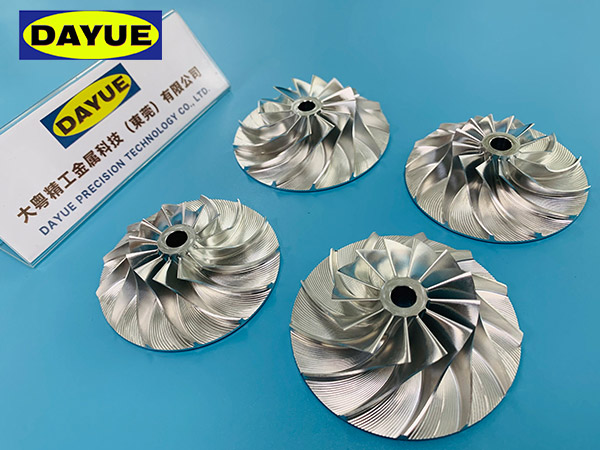
Privacy statement: Your privacy is very important to Us. Our company promises not to disclose your personal information to any external company with out your explicit permission.

Turbine blades are an important component of the turbine section in a gas turbine engine. The high-speed rotating blades are responsible for drawing high-temperature and high-pressure gas streams into the combustor to maintain engine operation. In order to ensure stable and long time operation under the extreme environment of high temperature and high pressure, the turbine blades are often forged with high temperature alloys and cooled in different ways, such as internal airflow cooling, boundary layer cooling, or thermal barrier coatings to protect the blades to ensure reliability during operation. In both steam and gas turbine engines, metal fatigue of the blades is the most important cause of engine failure. Metal fatigue can be caused by strong vibration or resonance. Engineers often use friction dampers to minimize damage to the blades caused by these factors.
Turbine engine blades are generally subjected to large operating stress and high operating temperature, and stress and temperature changes are more frequent and violent, in addition to corrosion and wear problems, the requirements of its working conditions are very harsh, therefore requiring high machining accuracy of the blade. At the same time, in order to improve the efficiency of the turbine, the surface shape of the turbine blade is usually designed as a twisted variable cross-section surface, the shape is complex. Therefore, the accurate geometric modeling of the turbine blade becomes a necessary prerequisite for turbine machining. The essence of geometric modeling of turbine blades is to find a way to effectively meet the requirements of shape representation and geometric design, but also to facilitate the exchange of shape information and product data mathematical methods to describe the surface of the turbine blade.
In a gas turbine engine, a single turbine stage is made up of a rotating disk that holds many turbine blades and a stationary ring of nozzle guide vanes in front of the blades. The turbine is connected to a compressor using a shaft (the complete rotating assembly sometimes called a "spool"). Air is compressed, raising the pressure and temperature, as it passes through the compressor. The temperature is then increased by combustion of fuel inside the combustor which is located between the compressor and the turbine. The high-temperature, high-pressure gas then passes through the turbine. The turbine stages extract energy from this flow, lowering the pressure and temperature of the gas and transfer the kinetic energy to the compressor. The way the turbine works is similar to how the compressor works, only in reverse, in so far as energy exchange between the gas and the machine is concerned, for example. There is a direct relationship between how much the gas temperature changes (increase in compressor, decrease in turbine) and the shaft power input (compressor) or output
For a turbofan engine the number of turbine stages required to drive the fan increases with the bypass-ratio unless the turbine speed can be increased by adding a gearbox between the turbine and fan in which case fewer stages are required. The number of turbine stages can have a great effect on how the turbine blades are designed for each stage. Many gas turbine engines are twin-spool designs, meaning that there is a high-pressure spool and a low-pressure spool. Other gas turbines use three spools, adding an intermediate-pressure spool between the high- and low-pressure spool. The high-pressure turbine is exposed to the hottest, highest-pressure air, and the low-pressure turbine is subjected to cooler, lower-pressure air. The difference in conditions leads to the design of high-pressure and low-pressure turbine blades that are significantly different in material and cooling choices even though the aerodynamic and thermodynamic principles are the same. Under these severe operating conditions inside the gas and steam turbines, the blades face high temperature, high stresses, and potentially high vibrations. Steam turbine blades are critical components in power plants which convert the linear motion of high-temperature and high-pressure steam flowing down a pressure gradient into a rotary motion of the turbine shaft.

Privacy statement: Your privacy is very important to Us. Our company promises not to disclose your personal information to any external company with out your explicit permission.

Fill in more information so that we can get in touch with you faster
Privacy statement: Your privacy is very important to Us. Our company promises not to disclose your personal information to any external company with out your explicit permission.